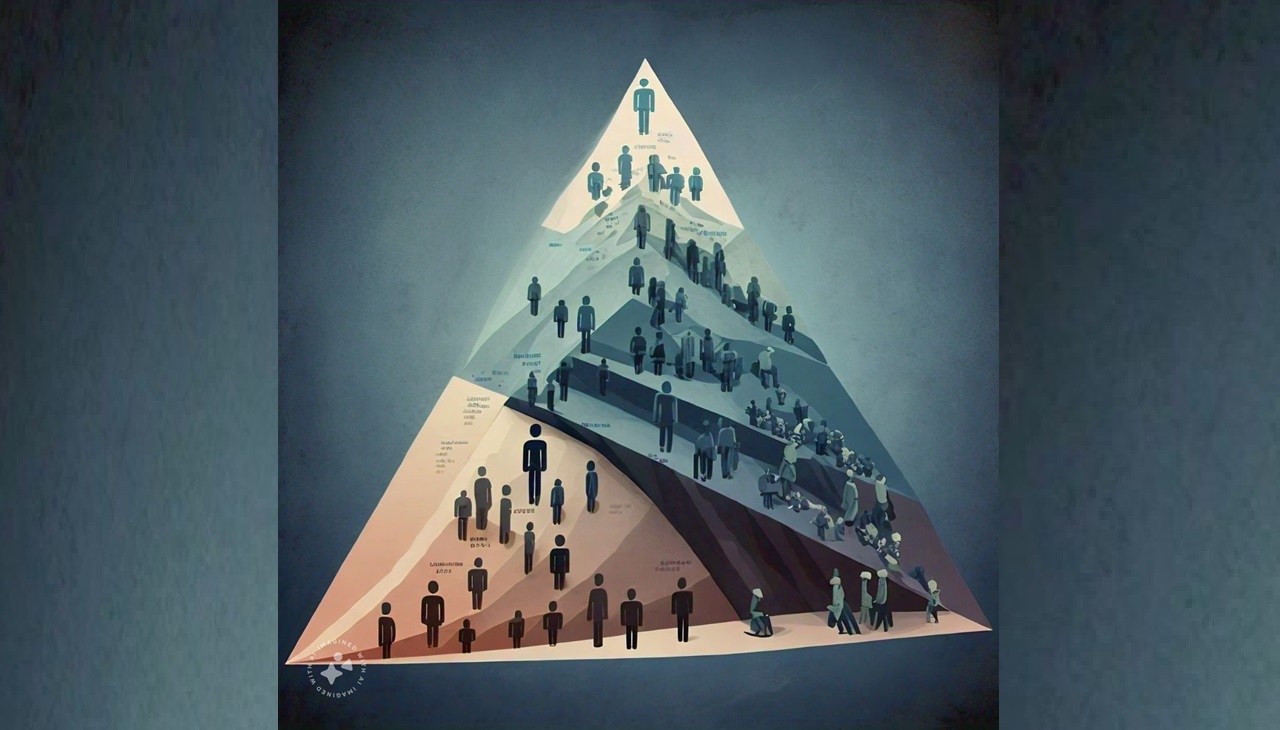
United States: from the migration issue to the population pyramid problem?
In the United States, the focus of public debate is centered on migration. Are we wrong? The United States has been the world's leading destination for migrants since 1970, according to the International Organization for Migration (IOM). This agency of the United Nations system says: “Since then, the number of foreign-born people residing in the country has more than quadrupled, from less than 12 million in 1970 to nearly 51 million in 2019.”
Clearly, this is one of the priorities of policy and public debate.
But the various proposals by political parties for tax credits for those who have new children may be a good reason to reflect on another problem that has been affecting not only the United States but most developed countries: falling birth rates and the weakness in maintaining sustained population growth.

La vicepresidenta Kamala Harris ha propuesto fortalecer el crédito de impuestos para familias de ingreso medio y bajo. Foto oficial de la Vicepresidenta en www.whitehouse.gov
The issue is a sensitive one: keeping the population stable or growing is critical to issues such as the labor market and the health and pension systems. The United States has not lagged behind the global trend. According to U.S. Census Bureau data, cited by Bloomberg, between April 2020 and July 2023, the 0-14 population declined by a national average of 3.3%, with only a few Florida cities showing an increase in this segment. Very soon, older adults will be the most representative part of the nation.
In the world, the demographic transition has accelerated: the population pyramid has changed radically and it is expected that at some point in the next decade in many countries the majority of the population will be represented by older adults. In the case of the United States, a very particular behavior is expected in the demographic curve, as explained in March of this year by John Burns Research and Consulting, a firm specializing in market research. As the company pointed out on X (formerly Twitter), “the evolution of the U.S. population over the next 10 years will result in an increase in the working-age population (25-54 years), thanks to immigration, and in the population over 70 years of age. Losses are expected in the groups of working adults (55-69 years old), teenagers, and those in their 20s.
Shifts in US population over the next 10 years mean a larger prime-working-age population (ages 25-54)—aided by immigration—and a booming 70+ population.
— John Burns Research and Consulting (@JBREC) March 5, 2024
Expect losses in active-adult / late career groups (ages 55-69), teens and early 20s. pic.twitter.com/XfJ1pGguWF
The point is that this new composition of the population pyramid may generate problems in the medium and long term. The fact that the adolescent population is less representative means that in 20 or 30 years, the country will struggle with difficulties in matters such as tax collection and the financing of the health and pension systems.
CONTENIDO RELACIONADO
This is happening in most developed countries. In Japan, the population has been falling since 2008 and in Germany, they have just passed an aggressive reform to find solutions to the problem facing the world's oldest pension system: fewer young people entering the labor market due to the falling population. From this perspective, it makes perfect sense that the political parties have initiated a battle of proposals on tax credits for the new babies that are planned to be offered to middle- and low-income families.
According to Vice-president Kamala Harris, this benefit should be increased to $6,000 for each new baby in a family, while the Republicans propose $5,000. The main argument is to help families manage the high costs of raising a child. But there may be an additional argument that, while not politically profitable, is critical to the country's future: reducing or stopping population decline.
A full analysis of the proposal can be found at this link.
Using a fiscal mechanism as an incentive to boost population growth may be a way out for places where the demographic transition is already a problem.
During the last electoral campaign in Colombia, another proposal was launched: to create a pension savings account for each new child born in the country, to be paid with public resources, as a way to face the problem of old age protection generated by the falling birth rate.
The current population debate is limited to migration, which is obviously of great sensitivity to the electorate. But before population decline becomes a relevant issue, it is worth addressing the question to define the way forward. All proposals are welcome.










DEJE UN COMENTARIO: